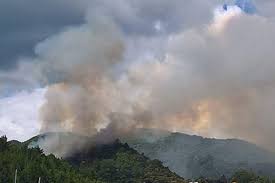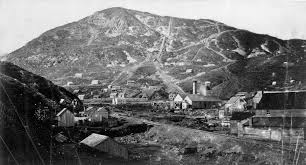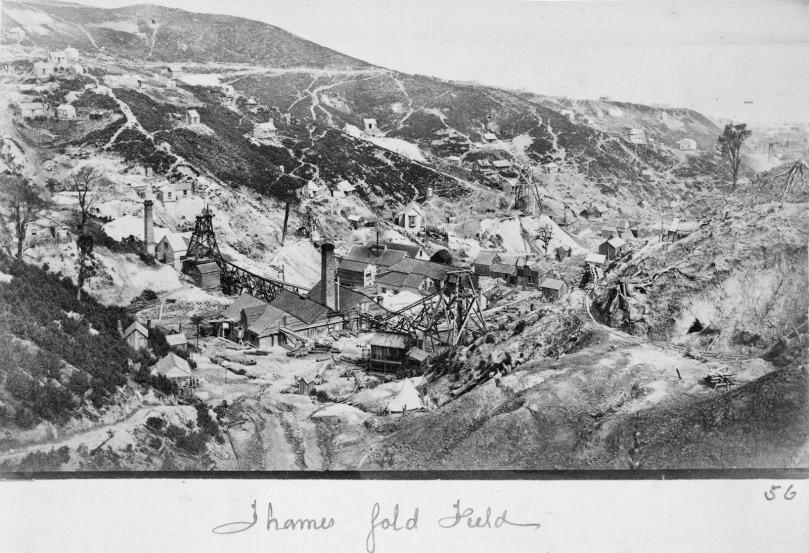A combination of historical events and climate change are producing an environment for a perfect (fire) storm in the hills above Thames, and elsewhere on the Coromandel Peninsula. The recent serious fires at Moanataiari near Thames and at Kaimarama near Whitianga are an indication of a clear and present danger of increased fire risk in our region.

We have been warned about the increased fire risk from more severe drought caused by climate change for more than a decade. For example the NIWA Fire Research Report from 2005 warned of more severe fire weather and fight danger, and a string of warnings from the IPPC, the Ministry for the Environment, the Prime Minister’s Science and Advisory Committee, and the Royal Society of New Zealand have followed. This makes a nonsense of Prime Minister Bill English’s claim that “no one could have anticipated the large-scale fire on the Port’s Hill” near Christchurch.
Figures released last month by NIWA show that 2016 was the hottest year on record for New Zealand, with record or near-record breaking temperatures for many locations. This is the stark reality of global warming. It should not come as a surprise to Bill English or anyone else that the firestorms we have seen in Canterbury, Hawke’s Bay Northland and Coromandel in recent months are in the very places that experts have been warning us would suffer increased droughts and fire risk.
The other major but overlooked factor causing increased fire risk for Thames is the legacy of gold mining in the 19th century. Not only did gold mining leave a toxic legacy of streams and the foreshore polluted with heavy metals – the hills above Thames from the Hape stream to the Tararu stream were stripped bare of any vegetation. This also occurred close to other settlements where mining took place.


“Kanuka, manuka, grey scrub, bracken – a huge mass of dry fuel – soon abounded. European settlers then added (privet,) gorse, broom, wattles, eucalypts and pines and the ecological scene changed again. Not only did these plants promote fire, they flourished because of it, re-sprouting after fire as few native plants do, releasing abundant seeds that thrived in the nutrient-rich ash and cleared landscape. This paints a rather grim picture of a vicious and irreversible cycle of fire and regrowth. “
What we need is an ambitious revegetation programme that will support fire-resistant indigenous species and reduce those risks. There are plenty of people who would support the removal of privet which is rapidly spreading over the hills behind Thames. A coordinated program to replace introduced plants and weeds such as privet with native species will:-
- improve the health of many who suffer respiratory problems,
- enhance the ecology of Thames’ hinterland,
- provide much stronger protection against the more frequent fires which will inevitably occur due to climate change.

Good to see this post. Land planning, design and management aimed at fire resilience is needed.
LikeLike